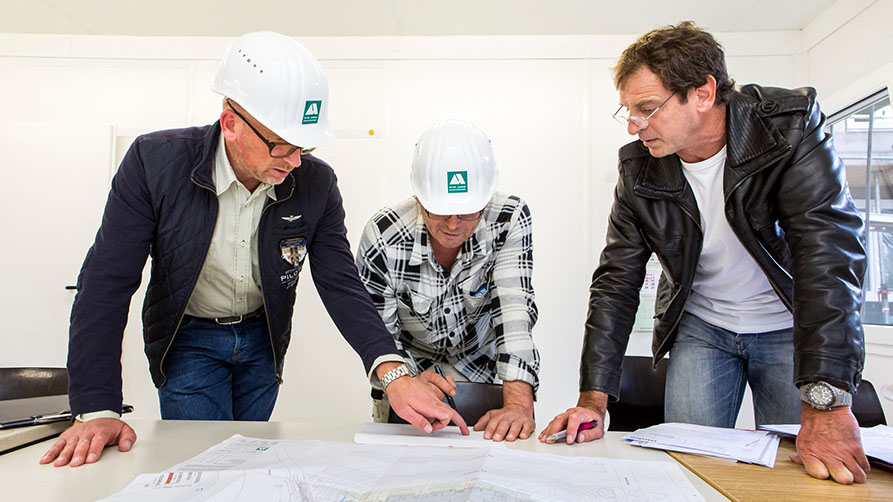Safe design of the working environment
Employers are required to ensure that workplaces do not pose any risk to employed persons. BAuA's research makes an important contribution to determining these requirements and making them applicable at the practical level.

Workplaces are workspaces or other indoor or outdoor locations that are situated on an organisation’s premises or a building site, are intended for work purposes, and to which employees have access in the course of their duties.
Various other areas also belong to workplaces that are not directly required for work. These include, for example, traffic routes, escape routes, emergency exits, storerooms, machine rooms, and ancillary rooms, as well as sanitary facilities, rest break and standby rooms, first aid rooms, canteens, and accommodation.
Regardless of the actual task or production process and the risks associated with it (e.g. from hazardous substances or the use of equipment), hazards to employees’ safety and health can arise in workplaces, such as stumbling and falls on traffic routes, in particular on stairways, incipient fires, falls from parapets or floor openings, and stress caused by factors in the working environment, such as inappropriate room temperatures, lighting, the amount of space available to move around in, noise. This list of examples illustrates the range of the different hazards encountered in workplaces.
Apart from protection against such hazards, the provision of toilets, washrooms, rooms or areas for rest breaks, first aid rooms, canteens, and other facilities is integral to the human-centred design of workplaces. To ensure workplaces are set up and operated safely and healthily, appropriate protective aims are formulated in the Workplaces Ordinance (Arbeitsstättenverordnung, ArbStättV) for the prevention and/or minimisation of hazards. The concrete ways in which these aims are to be achieved are set out in the Technical Rules for Workplaces (Technische Regeln für Arbeitsstätten, ASRs).





